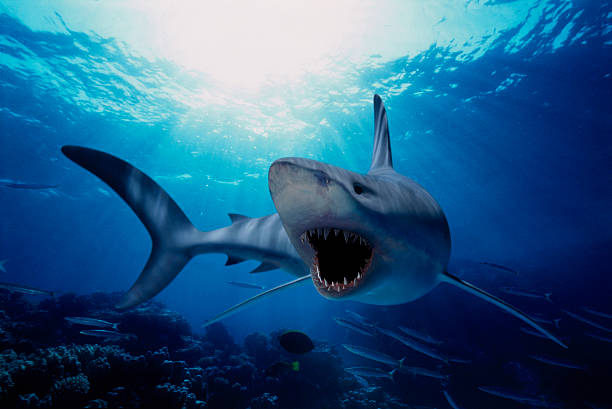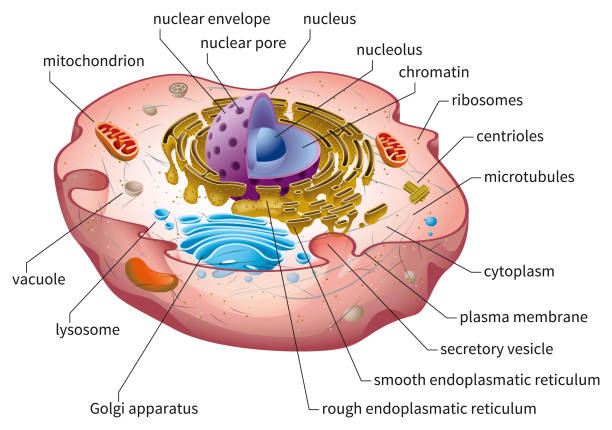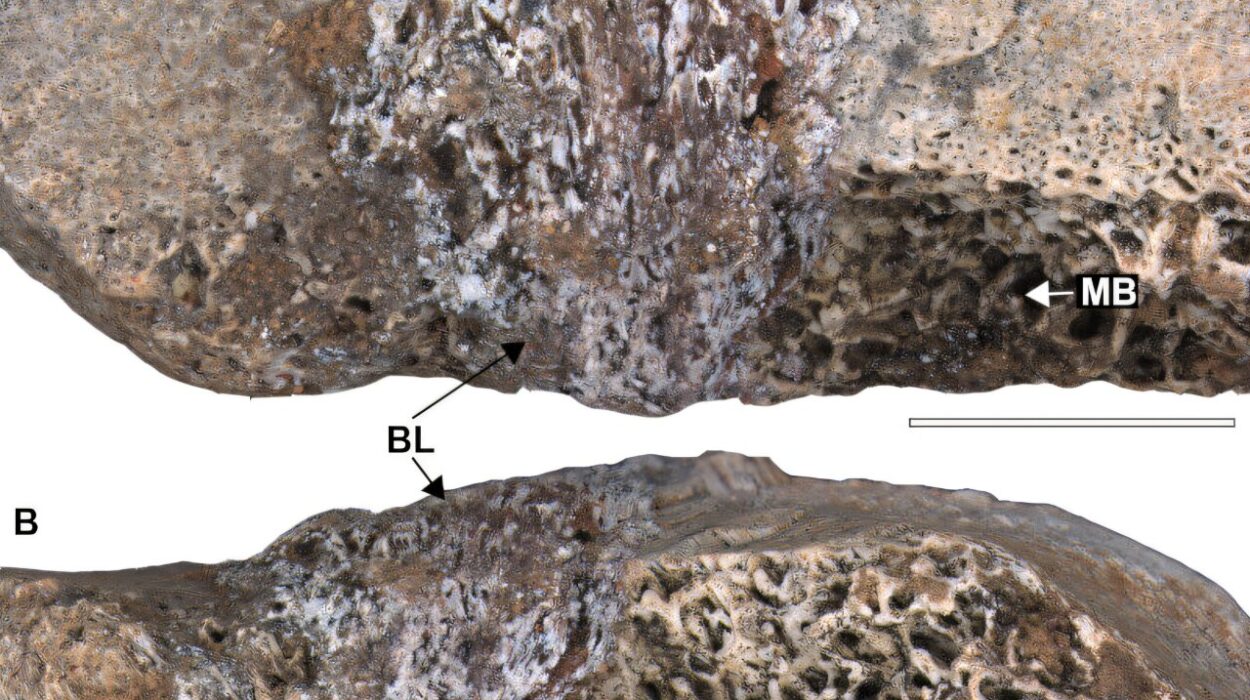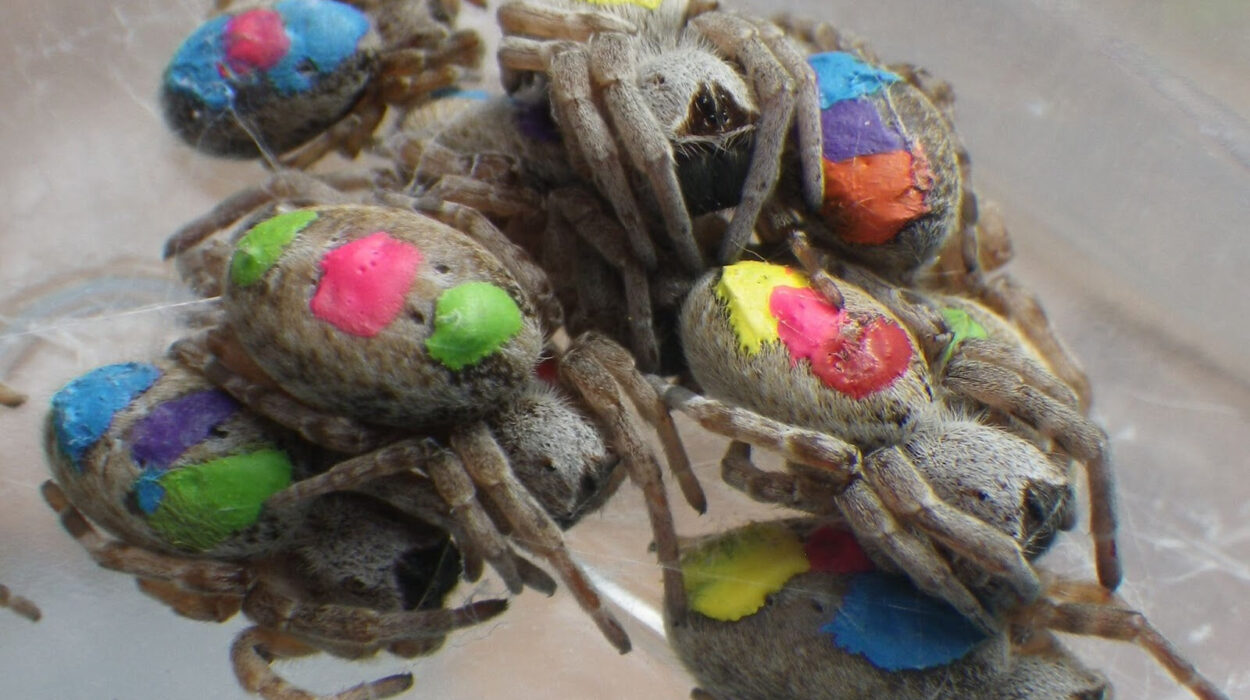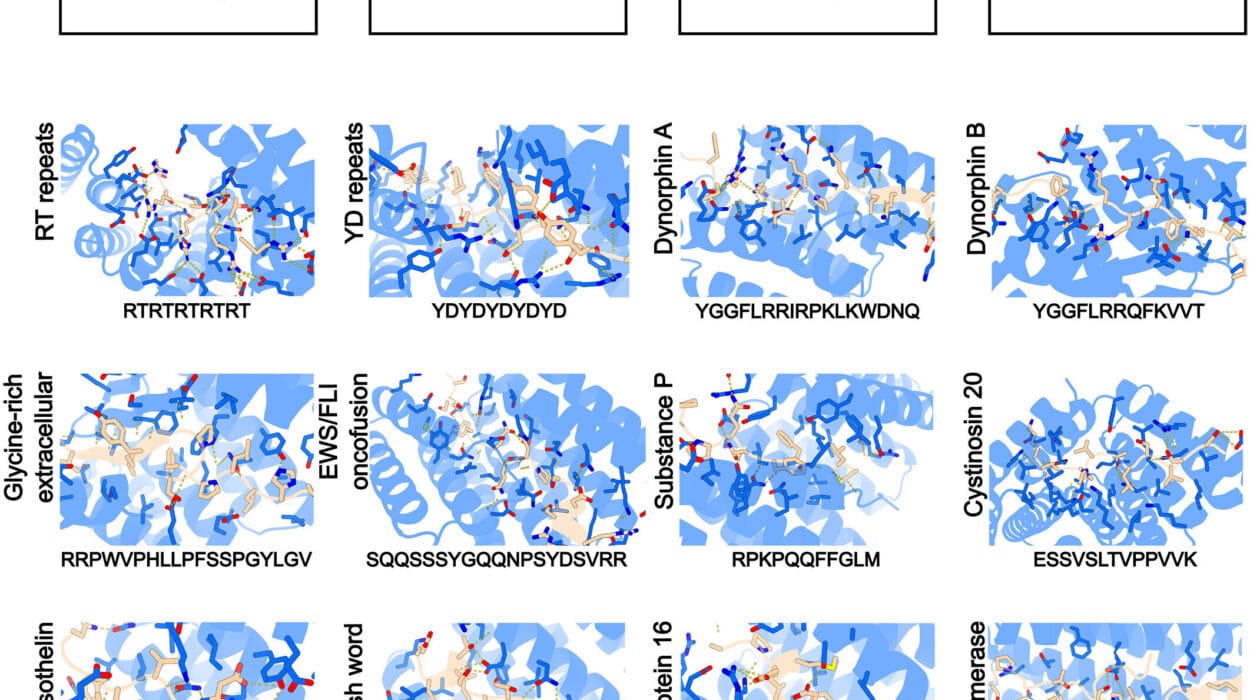In the shadowy depths of the world’s oceans, a silent evolutionary epic has been unfolding for over 400 million years. Long before dinosaurs ruled the Earth, long before even the earliest trees took root on land, chondrichthyans—an ancient lineage of cartilaginous fishes that includes sharks, rays, skates, and chimaeras—were already swimming through the seas. They have persisted through mass extinctions, shifting continents, and climatic chaos, adapting in ways both brutal and beautiful. Now, marine biologist Joel Harrison Gayford of James Cook University in Australia is helping to uncover one of the most fascinating secrets of their longevity: their mind-bending diversity in reproduction.
Published in Royal Society Open Science, Gayford’s new paper is a deep dive into the bizarre and little-understood reproductive strategies of chondrichthyans. Most animals stick with one evolutionary formula for making babies. Birds lay eggs. Mammals give birth. Insects swarm in clouds of reproductive fervor. But chondrichthyans? They have taken nature’s playbook and rewritten the rules, employing every trick in the reproductive handbook—and even inventing a few of their own.
An Evolutionary Buffet of Birth
Chondrichthyans are the ultimate evolutionary survivors, and their reproductive versatility is a prime reason why. Some species lay leathery egg cases known as “mermaid’s purses,” depositing them in hidden crevices until tiny sharks or rays hatch fully formed. Others practice viviparity—live birth—nourishing their developing young inside the womb with yolk sacs or even placentas, a trait rare among fish and more akin to mammals. Then there are those species that almost always give birth to twins, and others that produce offspring with behaviorally synchronized development stages.
Joel Gayford’s research focuses on two particularly strange and intriguing methods of chondrichthyan reproduction that challenge even the broad imagination of evolutionary biology: facultative parthenogenesis and multiple embryos per egg case (MEPE). These are not just biological curiosities—they’re puzzles that hint at deep evolutionary trade-offs and strategies forged over millennia.
When Sharks Don’t Need Mates
Facultative parthenogenesis, the first phenomenon Gayford explores, is reproduction without a mate. In this process, female sharks can give birth without any genetic input from a male. It’s a form of asexual reproduction where the mother’s DNA is duplicated, producing offspring that are essentially clones—or close to it.
Parthenogenesis is not unique to sharks. It’s been observed in reptiles, insects, and even some birds. But in sharks, the twist is that it appears to be a choice. Unlike many animals that resort to parthenogenesis only under extreme conditions—like a lack of mates—some female sharks seem to opt for it even when males are around. Gayford speculates that this could be a subtle act of reproductive rebellion. If the local male gene pool isn’t up to snuff, the female might just decide she’s better off going solo.
It’s a hypothesis that upends traditional evolutionary logic. Reproduction typically relies on mixing genes to promote diversity and resilience. Yet these ancient sea creatures may have developed the ability to bypass this entirely, perhaps as a hedge against unreliable partners or a dwindling population.
Multiples in a Single Shell
The second reproductive oddity Gayford examines—multiple embryos per egg case, or MEPE—poses a completely different conundrum. In these cases, a single egg capsule contains several developing embryos. For the mother, it seems like an efficient strategy: invest energy into producing and protecting one egg case, and get multiple offspring out of the deal.
But nature doesn’t hand out gifts without strings attached. MEPE carries significant risks. If a predator finds and consumes that single egg case, it’s not just one baby lost—it’s the entire brood. The evolutionary gamble here is stark: higher output with higher stakes. Why, then, do some chondrichthyan species take this risk?
Gayford suggests that understanding MEPE may require a broader ecological perspective. Perhaps in some habitats, the chance of egg case predation is relatively low. Or perhaps the species that use MEPE have developed other defenses—camouflage, toxic secretions, or strategic placement—that mitigate the risk. What’s clear is that there’s more to the story than we yet understand.
The Mystery of Choice in the Deep
What truly fascinates Gayford—and marine biologists worldwide—is that these reproductive strategies suggest a surprising level of agency in evolutionary terms. That sharks may “choose” to reproduce asexually implies a level of adaptability that goes beyond simple instinct. It reflects a dynamic, responsive reproductive system—one that adjusts to the environment, population conditions, and perhaps even individual fitness.
Moreover, the diversity of reproductive modes in chondrichthyans contrasts sharply with most vertebrate lineages, which tend to lock into a single method of reproduction. Why have sharks, rays, and their relatives retained such flexibility?
Gayford posits that their ancient lineage holds the key. With hundreds of millions of years to evolve and adapt, chondrichthyans have had the evolutionary breathing room to experiment with and refine multiple reproductive strategies. These aren’t just random quirks—they’re refined tools, shaped by deep time.
Rewriting the Rules of Reproduction
These discoveries are not only rewriting what we know about shark biology but may also have far-reaching implications for evolutionary theory. Understanding the logic behind facultative parthenogenesis and MEPE could provide insights into how and why reproductive strategies evolve. Could these methods be early precursors to more complex systems seen in mammals? Or are they evolutionary dead ends—strategies that worked for sharks but have no broader application?
Either way, studying chondrichthyans offers a unique lens into reproductive evolution. Unlike birds or mammals, whose reproductive paths are relatively narrow, sharks and their kin seem to embrace reproductive chaos—thriving in part because of it.
Gayford believes that this “flexibility-first” model might explain their stunning resilience. While other lineages collapsed under the weight of ecological upheaval, chondrichthyans adapted. They found new ways to pass on their genes, even under duress, and in doing so, embedded themselves into the very fabric of marine ecosystems across the globe.
Conservation in the Age of Discovery
As fascinating as these reproductive strategies are, they also carry a sobering message. Many chondrichthyan species are now endangered or threatened, largely due to overfishing, habitat loss, and climate change. Understanding their reproductive biology isn’t just a scientific pursuit—it’s a conservation imperative.
Sharks and rays reproduce slowly. Even the most “efficient” methods—like MEPE or asexual reproduction—do little to offset human pressures. Many species take years to reach sexual maturity and produce only a handful of offspring. If we don’t understand their breeding habits, we risk losing them before we fully comprehend the remarkable evolutionary toolkit they possess.
Gayford’s research highlights the urgent need to study these species not just as marine predators but as evolutionary masterpieces. Every time we learn something new about how they reproduce, we gain a deeper appreciation for the complexity and fragility of life beneath the waves.
The Echoes of Deep Time
What do ancient sharks birthing without mates or laying multi-embryo egg cases have to do with us? Perhaps more than we realize. Evolution doesn’t follow a straight line—it branches, coils, and doubles back. What we learn from sharks might someday inform conservation strategies, medical research, or even the search for life on other planets.
Joel Harrison Gayford’s work reminds us that the ocean, even in the age of satellites and genetic mapping, remains a place of wonder. Its oldest inhabitants are not primitive remnants—they are innovators, survivors, and teachers. They bear the imprints of deep time in every fin and every egg case.
In the end, studying how sharks make babies is more than academic. It’s a window into the resilient, inventive spirit of life itself—a spirit that, despite all odds, continues to thrive in the deep blue silence of the sea.
Reference: Joel Harrison Gayford, The adaptability of facultative parthenogenesis and ‘multiple embryos per eggcase’ as alternative reproductive strategies in Chondrichthyes, Royal Society Open Science (2025). DOI: 10.1098/rsos.242030
